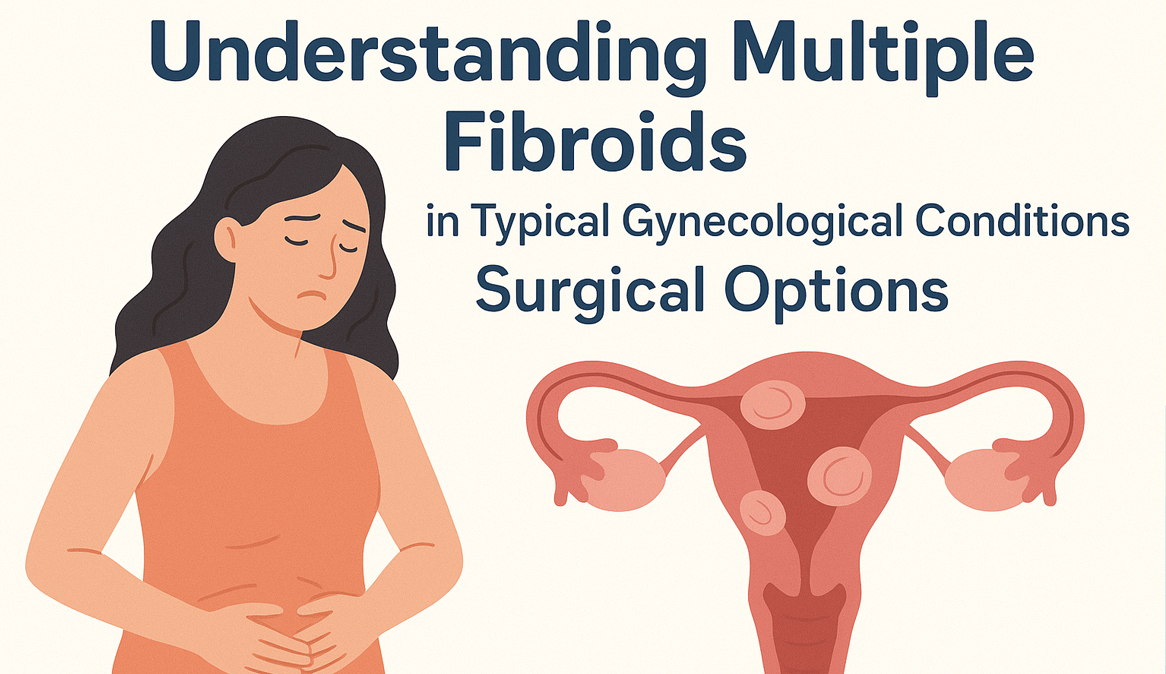Understanding Multiple Fibroids in Typical Gynecological Conditions: Surgical Options
Multiple fibroids, also known as uterine leiomyomas, are a common gynecological condition affecting many women of reproductive age. These benign tumors can cause a range of symptoms, including heavy menstrual bleeding, pelvic pain, and infertility. When conservative treatments fail, surgery may be necessary to alleviate symptoms and improve quality of life.
Surgical Options for Multiple Fibroids
- Laparoscopic Myomectomy: A minimally invasive procedure where small incisions are made to remove fibroids using a laparoscope and specialized instruments.
- Open Abdominal Myomectomy: A traditional open surgery where a larger incision is made to access the uterus and remove fibroids.
- Robotic-Assisted Laparoscopic Myomectomy: A advanced minimally invasive procedure using robotic arms to enhance precision and dexterity.
- Hysterectomy: In some cases, removal of the uterus may be necessary, especially if fibroids are large or numerous.
Benefits and Risks of Surgical Options
- Benefits: Relief from symptoms, improved quality of life, and potential improvement in fertility.
- Risks: Bleeding, infection, injury to adjacent organs, and potential impact on future fertility.
Choosing the Right Surgical Option
- Consultation with a Gynecologist: Discuss symptoms, medical history, and treatment goals with a qualified gynecologist to determine the best surgical option.
- Individualized Approach: Surgical approach will depend on factors such as fibroid size, location, and number, as well as patient's overall health and reproductive goals.
Conclusion:
Multiple fibroids can significantly impact a woman's quality of life. Surgical options offer effective relief from symptoms and can improve fertility. By understanding the different surgical options and consulting with a qualified gynecologist, women can make informed decisions about their treatment and take control of their reproductive health.




